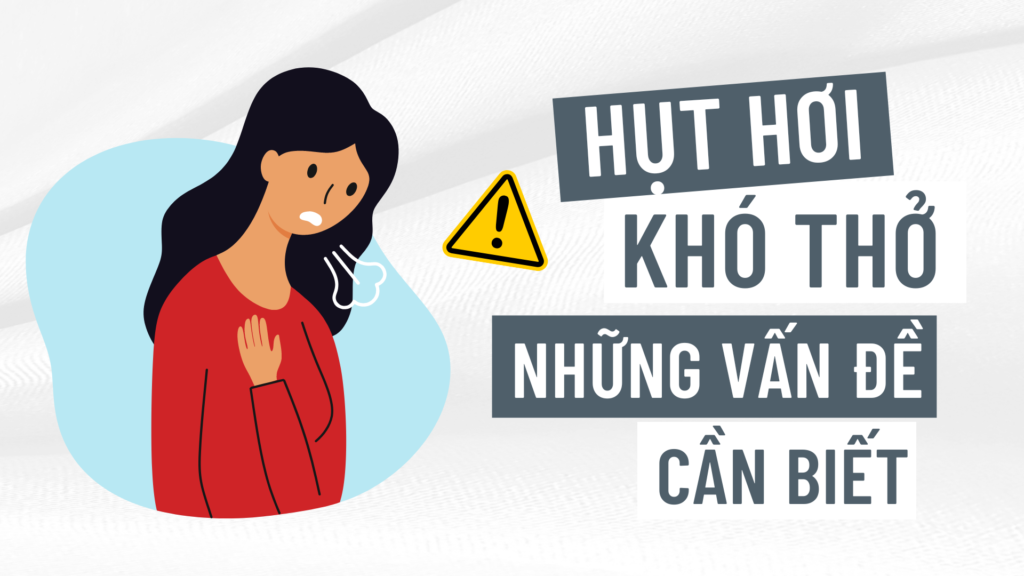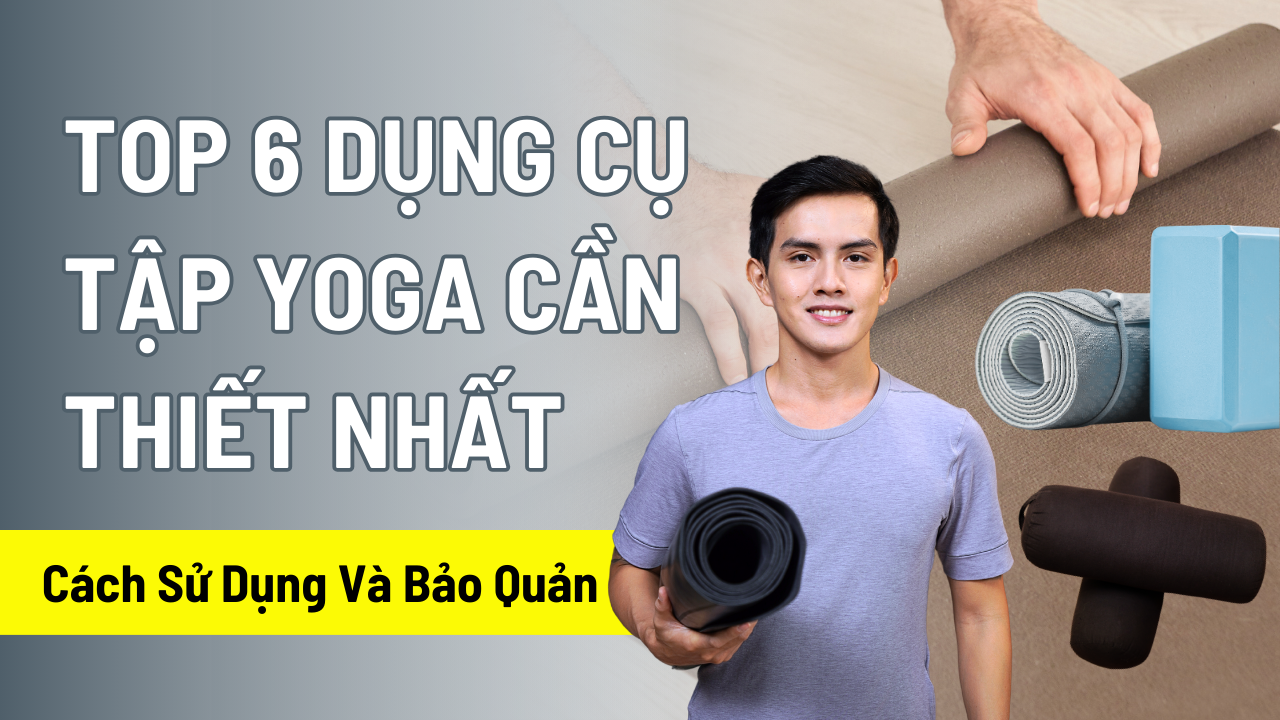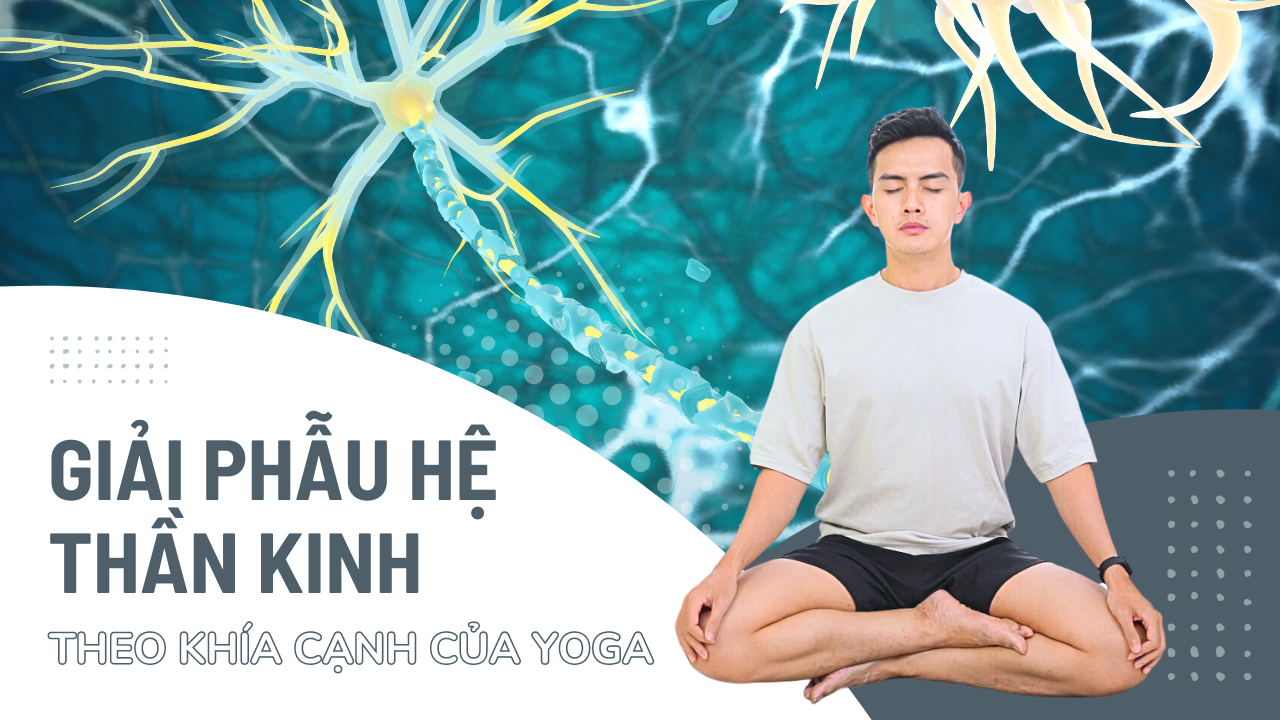Do you often have difficulty breathing or not having enough air to breathe? If yes, you are suffering from a condition medically known as schizophrenia short of breath, short of breath. Let's find out with Nguyen in this article to have a better overview of this disease!
Shortness of breath, what is shortness of breath?

Shortness of breath is tightness in the chest, hunger for air, or a feeling of suffocation and discomfort when not getting enough oxygen. It can be acute (minutes to hours), chronic (days to months), or intermittent (come and go quickly).
What is the cause of shortness of breath, shortness of breath?
You may feel short of breath for many reasons. But heart and lung problems cause most of the shortness of breath. More specifically the heart and lungs are involved in transporting oxygen to your tissues and removing carbon dioxide, and problems with either of these processes will affect your breathing.
1. Acute dyspnea (occurs suddenly, lasts for a short period of time) has a number of causes including:
Lung problems:
- COVID-19
- Airway obstruction
- Allergy
- Asthma
- Pulmonary rupture
- COPD (chronic obstructive pulmonary disease)
- Pneumonia
- Pulmonary embolism
- Your lungs are damaged
- Being sedentary, the lungs are not exercised
BILLIONstatus About the heart:
- Heart attack
- Heart failure
- Arrhythmia (arrhythmia)
- Increased fluid around the heart
Psychological aspect:
- Worry
- Depression
- Panic attacks
2. Chronic shortness of breath (lasting several weeks or longer) Causes include:
- Asthma
- COPD (chronic obstructive pulmonary disease)
- Decreased function of the heart and lungs due to inactivity
In particular, respiratory diseases can cause shortness of breath, diseases that are not related to breathing such as anemia, cardiovascular disease, heart failure, functional impairment and psychological disorders can also lead to respiratory problems. chronic shortness of breath.
Symptoms of shortness of breath, shortness of breath
Difficulty breathing is easy to recognize through the typical, basic symptoms that occur frequently, such as:
- Lack of oxygen and seems to be suffocating
- Feeling the need to breathe faster or deeper
- Difficulty taking deep and full breaths
- You may notice shortness of breath during physical activity. For example, maybe you can't keep up with someone you're traveling with or can't climb stairs.
Specifically, when breathing is difficult, acute shortness of breath will often be accompanied by other symptoms, such as:
- Fever and cough (pneumonia)
- Itching, swelling, or rash (allergic reaction)
- Wheezing (asthma)
- Chest tightness, blurred vision, and lightheadedness (heart attack)
- Chest pain, especially after long travel (pulmonary embolism)
Shortness of breath, is it dangerous?
If shortness of breath comes on suddenly, accompanied by chest pain, dizziness, and changes in skin color, it is important to see a doctor for a diagnosis as soon as possible because it is an alarming health problem. And in all levels from acute to chronic, shortness of breath and shortness of breath is always a matter that should not be taken lightly.
The reason this condition shouldn't be ignored is because it could be a sign of a life-threatening heart attack or pulmonary embolism. Even mild shortness of breath can be a sign of a more serious condition. And if it's progressed to the point where you have to limit your activities, it's definitely time to talk to your healthcare provider about your symptoms.
3 Yoga Exercises cure shortness of breath, shortness of breathi
1. Abdominal breathing exercise (also known as diaphragmatic breathing)
In a sitting or supine position:




Guide:
- You will place one hand on your stomach and one hand on your chest, and you will breathe slowly and deeply to feel your belly move in and out when you inhale and your belly sinks in when you exhale.
- Do 10 breaths and gradually increase to 20, and 30 breaths to feel better.
- Inhale through your nose and you can exhale through your nose or mouth. However, practicing breathing through your nose will be much better for you.
In the prone position:

- You can lie on your elbows or knit your forearms together and lie on your forearms. For those of you who feel back pain or a little stiff back, lying on your forearms will be more suitable for you.
- Breathe deeply and breathe slowly. To feel the movement of your diaphragm and abdomen better, you can place one hand just below the abdomen to feel the movement of the abdomen.
- Do 10 breaths and gradually increase to 20, and 30 breaths to feel better.
2. Breathing Exercise (Also known as Kumbhaka)

Guide:
- First, sit in a comfortable position. You can sit on the floor or, if you want to feel more comfortable, lean against a chair or sit against a wall. If a sitting position is not an option, you can also lie on your back.
- This exercise will have a 1:1:2 breathing structure, which means that for as long as you inhale, you will hold your breath for the same time and exhale for twice as long. For example, you inhale for 3 seconds, then hold your breath for 3 seconds and exhale for 6 seconds. You can shorten the time by breathing in for 2 seconds, holding your breath for 2 seconds and exhaling for 4 seconds.
3. Fire breath (Kapalabhati)


Guide:
- You should do this breathing in a sitting position. You can sit on the floor, sit against the wall or sit on a chair.
- With the fire breathing exercise, you will breathe in through your nose and out through your nose. You will inhale quickly and exhale forcefully as if you were trying to get out of your lungs.
- For beginners, you can start at a slow pace and gradually increase the speed as you feel comfortable.
- Start with 10 breaths and gradually increase to 20, and 30 breaths at a time.
Note: If all of the above exercises do not help you or your condition is still severe, then immediately consult a medical institution or doctor for early diagnosis and treatment.
Nguyen hopes that his sharing will help you improve and reduce shortness of breath and shortness of breath effectively at home. In addition, Nguyen has many posts Regarding health and yoga therapy, everyone, please support and look forward to Nguyen in the near future!



